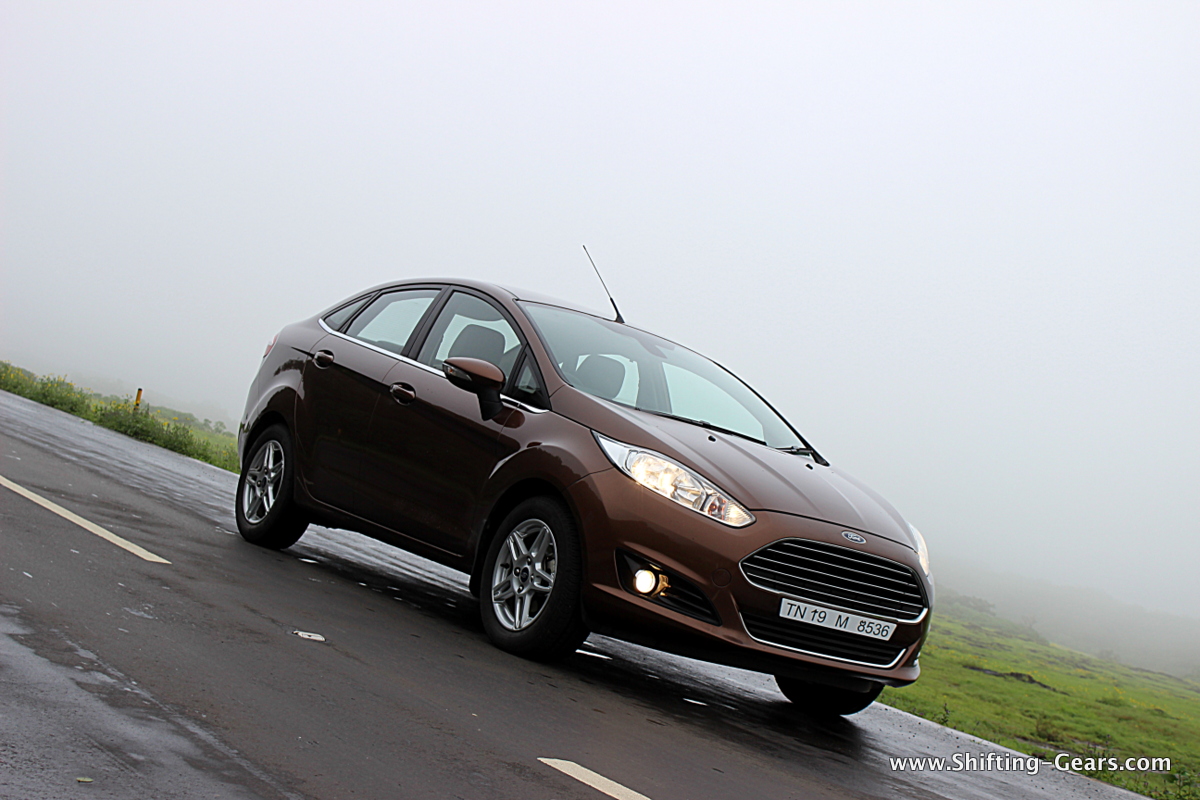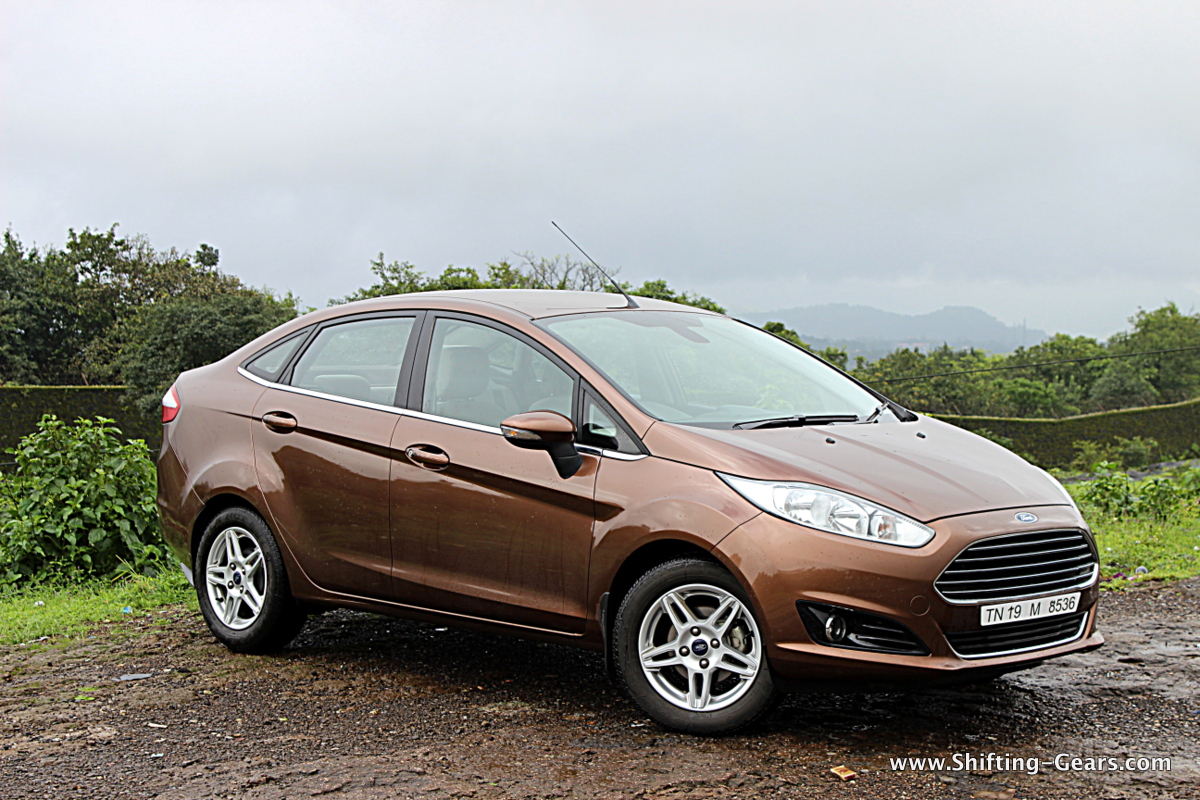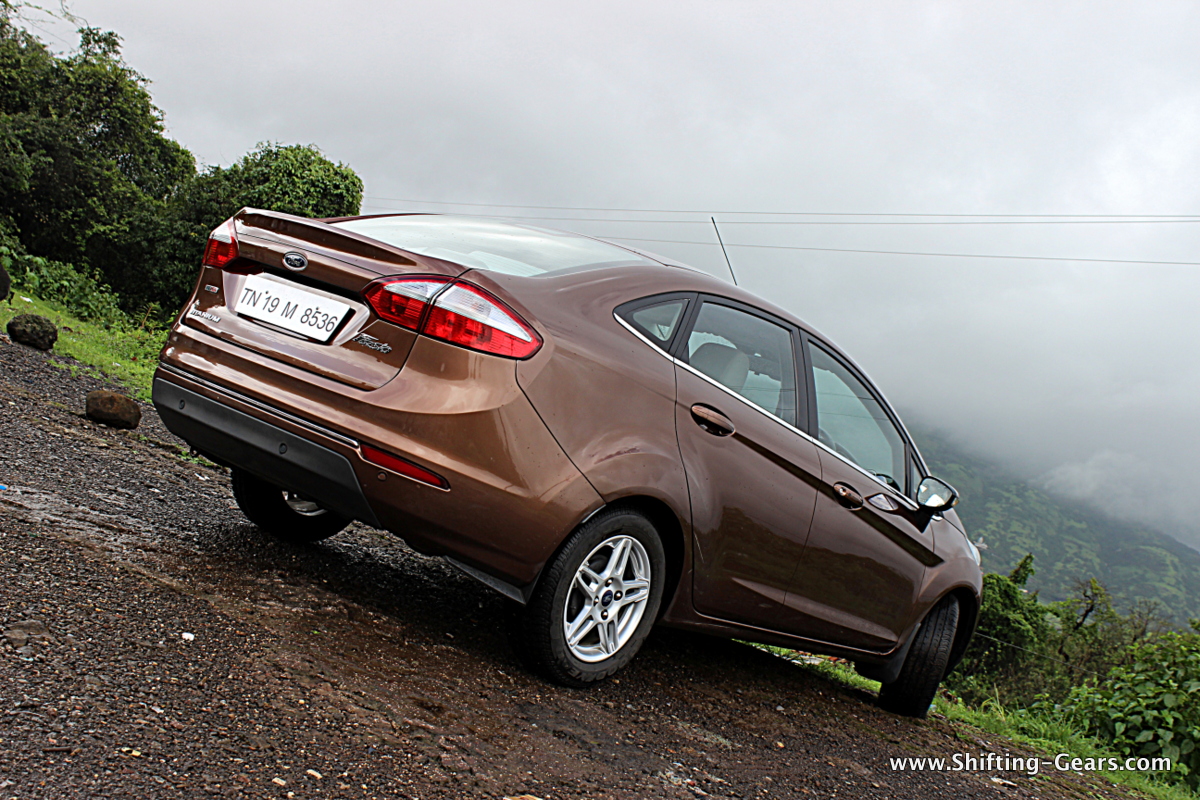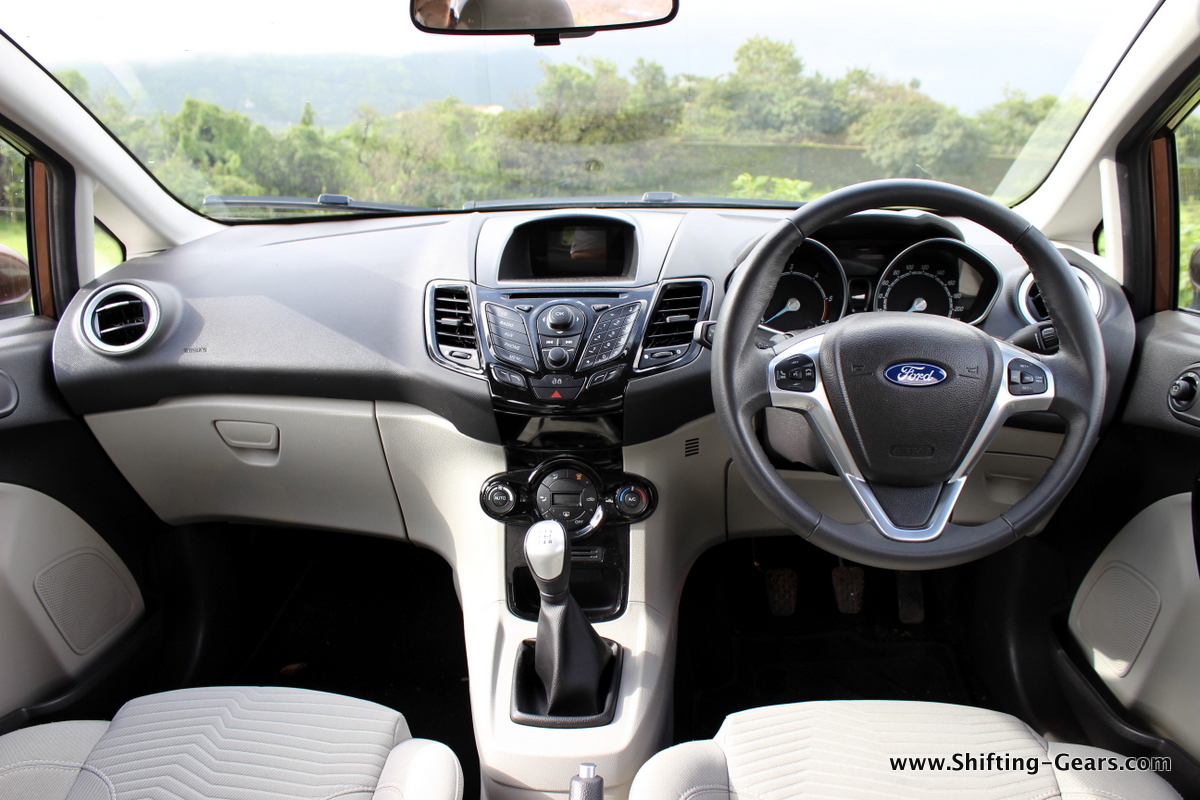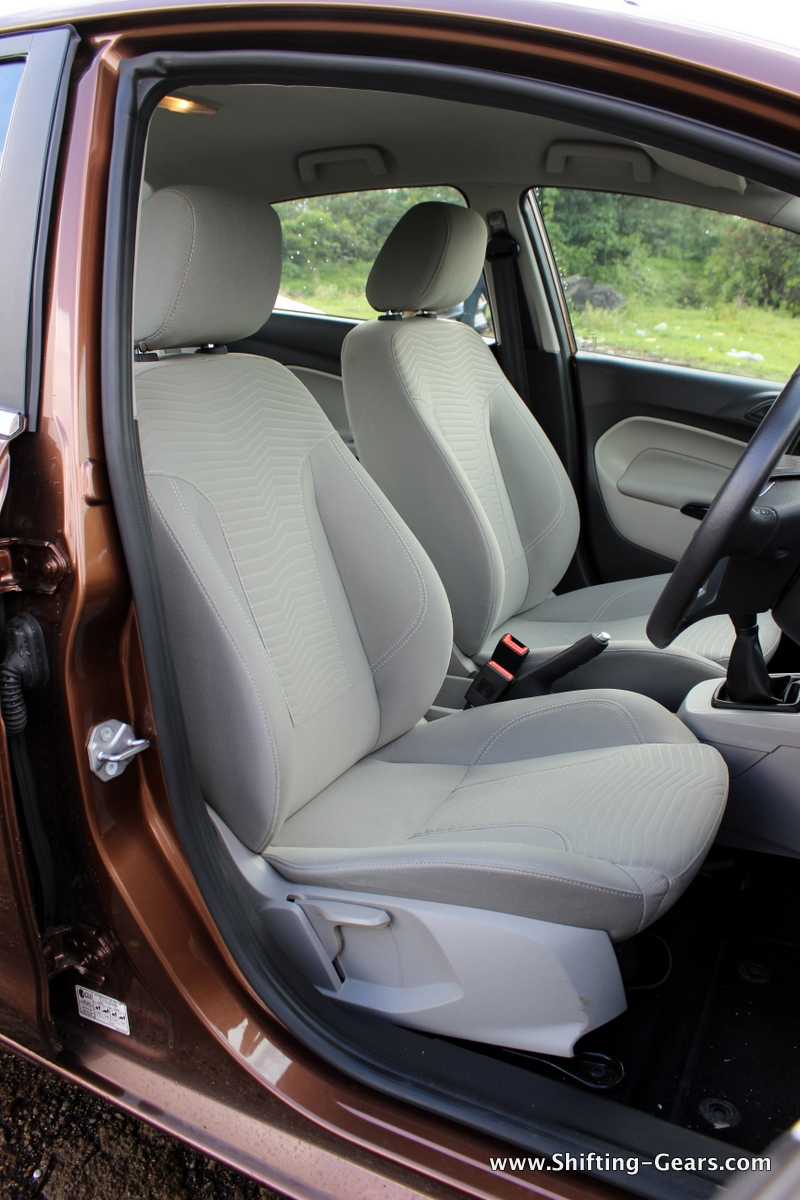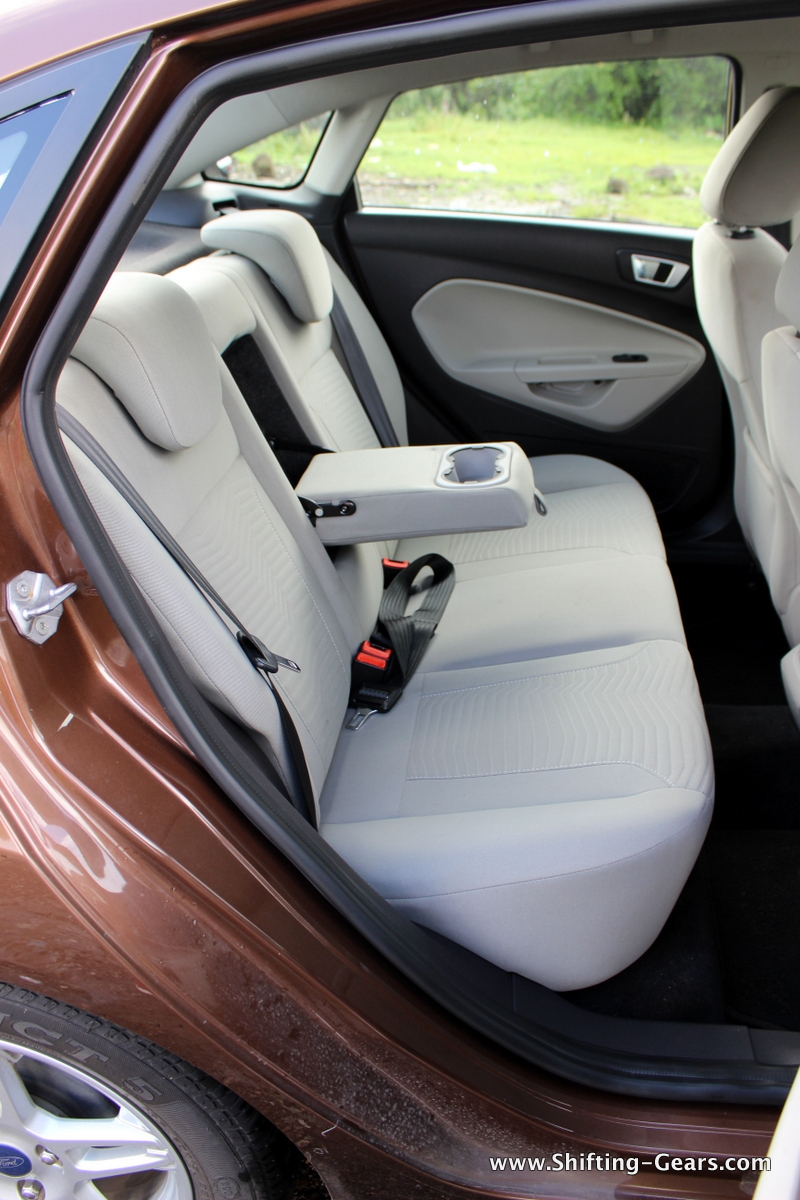Ford India Private Limited commenced production in India 1926, yes, we said 1926. However, due to increased losses, it shut shop in 1954. Later, in October 1995, it reentered the market with a 50:50 joint venture with Mahindra & Mahindra Limited and was called as Mahindra Ford India Limited. Post that, in 1998, Ford India Private Limited was formed by increasing their share holdings to 72%. Interesting isn’t it? As of 2012, total investments by the Ford Motor Company in India since 1995 stands at approximately $2 billion. This data might suggest that Ford is a big player in the country, however, their market share in the domestic car market in the month of August 2014 is merely 3.25%. And Ford better than the EcoSport enough for bringing the figure this high.
Ford first launched the Fiesta in 2005, and continues to sell that model as the Ford Classic till date. The Fiesta (now Classic) has always been a driver centric car with almost best in segment driving dynamics. The car handles brilliantly and the motors offered the best of both world. A revv happy petrol motor and a easy on the pocket, fuel efficient diesel motor. The car remains popular till date and continues to outsell the next-generation Fiesta in India which was launched in 2011. The new Fiesta looked, well, good and bad both. A very aggressive front end and a rather quirky rear end which could be almost a deal breaker. Additionally, with the price quoted at the time of launch took the car straight to the line-up of duds in the market. Post that, even with price corrections, the sales figures never took off for the new Fiesta.
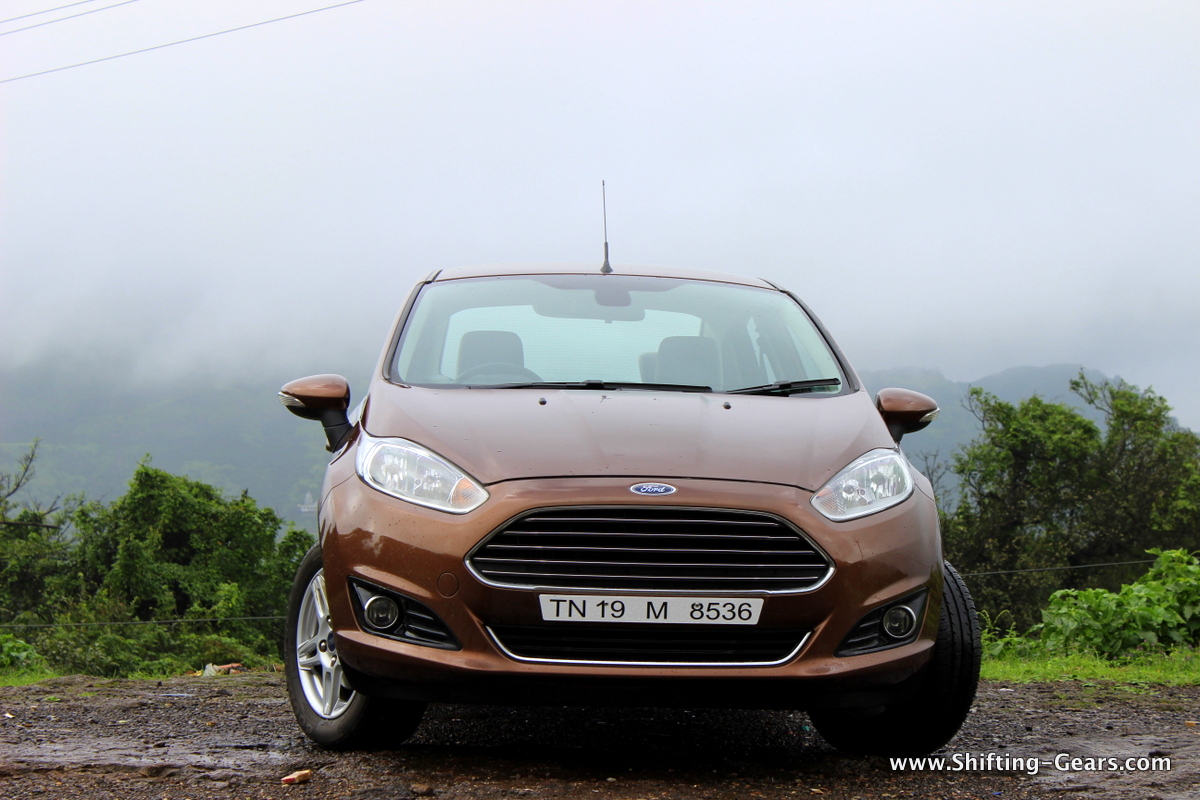
Although it looks good, the Fiesta is the best example of a highly competent product which has been consistently under-performing on the sales front
To correct this, Ford launched the Fiesta facelift in 2014. Well, facelifts are mostly cosmetic changes and include some tweaks here and there. But on the Fiesta, the change at the front is stunning. Repeatedly compared with the Aston Martin’s, the Fiesta’s front grille is unique, good looking and clearly distinguishes it from the competition which try too hard with just their headlamps of LEDs here and there. Additionally, considering the market preference, Ford has opted to offer the new Fiesta only in a diesel avatar. Now this is again questionable. Is this one more wrong move by the manufacturer? Petrol and diesel prices dont have too much of a difference now, multiple manufacturers have suggested a reverse switch back to petrol engines. Ford should have at least offered the Fiesta petrol in a single variant with that brilliant best in class 6-speed DCT gearbox. So is the refreshed Fiesta good enough to get out of the slump? Let’s find out.
Exteriors:
When we said the facelift has received a facelift, we meant it has comprehensively. The front has been completely redesigned including sheet metal changes. Most noticeale is the XL sized hexagonal front grille. It looks fabulous. Road presence is tremendous with the introduction of this new grille. It sports 5 horizontal chrome slats on the upper section and a air dam below; and all of this has a chrome surround. Still, the chrome does not look garish at all. Chrome slats are thin and not too much of in-your-face type. Bonnet now has a power bulge and adds that little bit extra of a change on the facelift. Headlamps have been revised and the new ones ditch the smoker out effect. It carries forward the three-pot design with two for the headlamp and one for the turn indicator. Headlamp is elongated and sleeker than before. Fog lamps now get a larger black housing unlike the previous small round cut-out. With all this, I guess you’ve already understood that the front bumper has been redesigned as well.
Side profile has nothing new, identical bulging wheel arches, blackened B-pillar and a chrome weather strip on the window sill. Alloy wheels are not 5-bispoke silver finished units, which look rather simple. Door handles now get a request sensor for true keyless entry and go.
Rear end is the most talked about section about the Fiesta, or may be, the most disliked section. On the facelift version, rearward view is much easy on the eyes. New wrap around tail lamps are larger and cover more area on the bootlid. The quirkyness has been managed well and it does not stand out as an afterthought on a hatchback. Rear bumper has a blackened portion on the lower end and a chrome strip in between separating the two reflectors. Bootlid ditches the chrome number plate garnish and the number plate housing also has a hexagonal recess. A long radio antenna is placed just above the front windscreen.
The car now comes with two new exterior colours; Golden Bronze and Smoke Grey. Also, the facelift version has improved its aerodynamic efficiency by 3%, resulting in a slightly better fuel efficiency.
Interiors:
Inside the Ford Fiesta, you now get a airy cabin with the introduction of beige and black interiors. The previous all black interiors took it to the claustrophobic side. That said, quality of the plastics used remain questionable. While some might let it pass, some will absolutely dislike it given the segment the Fiesta sits in. It is nowhere close to feeling premium to touch and feel. Forget the C2 segment, even the C1 segment Hyundai Xcent will blow away in the quality of plastics being used.
Dashboard layout remains the same, zero changes in design. But now it is seen in a beige and black combination with the top section in black and lower end in beige. On the pre-facelift, the centre console was available in a silver finish, but this has now been replaced with a gloss black panel. Steering wheel remains identical except for the making way for the voice command button (previously on the indicator stalk) on the LHS steering mounted controls. Instrument cluster gets a minor change, the two silver finished dials which were connected by a small silver section is now seen in black. Also, the MID in the instrument cluster has a blue backlit as opposed to the previous red. Figures are easy to read, and the MID provides data such as outside temperature, odometer, 1 trip meter, distance to empty etc. The car now ditches the flip keyfob and gets true keyless entry and go. Just press the request sensor on the door handle, hop in, press the start / stop button, and you’re all set. Head unit is a clutter of buttons in a butterfly like design and a 4″ screen recessed on top. The screen is now with a blue backlit and not red like on the pre-facelift. Head unit gets CD, USB, Aux, FM, and Bluetooth compatibility along with Microsoft SYNC. The Fiesta comes with fully automatic climate control with a well laid out buttons. But the rotary knob gives you a cheap click feedback when put to use. Gearknob is wrapped in leather and has a short throw.
Front seats are very supportive and have a bucket like design. They provide good lateral support when driving around your favourite twisties enthusiastically. The rotary knob for reclining the seat however wastes a lot of time. A regular lever would have worked fine. Seats get light beige fabrics and one will need to maintain them on a regular basis, or get aftermarket seat covers to save all the cleaning trouble. Between the two front seats, you have 2 large cupholders and a small cup holder, another cubby hole ahead of the handbrake where you slot in your USB, and one at the back which can be used as a storage spot and even has a bottle holder.
Jump in the rear seat and you notice that there is no wow factor at all. The car doesn’t have rear AC vents, looks plain Jane and quality of plastics on the door pads is down market. Rear seats are placed low and the seat compound is very supportive. However, headroom and legroom are in limited quantity and a 6 feet tall occupant will feel rather stuffed inside. Also, the window sill is almost at your shoulder height and limits the amount of light coming in. You get a armrest for the rear passengers which can hold two bottles. Both front seats have seat back-pockets and aid storage convenience. You will need this because there is no storage spot or bottle holder on the rear door pads. Additionally, you have a recessed parcel tray behind which will store your oddities in place. 430 litre boot is accommodating but the loading lip is on the higher side and the mouth is a little narrow.
The new SYNC plus Ford’s AppLink system allows you to control apps on your mobile via voice command. We have seen the SYNC previously on the EcoSport and this is an upgraded version. EcoSport owners cannot upgrade to this since it has a different hardware. In case of an accident, the system calls local authorities and also shares your GPS coordinates. Ford is also inviting developers to create new apps for AppLink.
Engine, performance and handling:
Ford initially launched the Fiesta with both a petrol and a diesel motor. The diesel also got a 6-speed dual-clutch PowerShift gearbox, probably the best in class automatic available back then. To add to that, the automatic even came with a 10 year / 2.4 lakh kilometre warranty. However, this time round, Ford has opted to offer the facelift version only in a diesel avatar with a manual gearbox. This move can again be a little questionable, since diesel fuel prices are increasing every month and the difference between petrol and diesel prices isn’t too much as of date. Let’s say the company knows this better, hopefully.
The oil burner on offer is the same 1.5L TDCi unit which was available in the pre-facelift; and is seen here without any changes. It churns out 90 BHP of power @ 3,750 RPM and 200 Nm of torque @ 2,000-2,750 RPM. Engine is mated to a 5-speed gearbox, however, we would have loved a 6-speed unit for better highway cruising. The engine is very tractable and pulls clean from low down the revv range. Yes, there is some turbolag, but it doesn’t leave you bored on the road. The car manages to move past a speed breaker in 2nd gear almost from 0 kmph without hesitation. The mid-range performance is again on the brighter side and even in the 5th gear at almost 60-70 kmph if you floor the pedal, the car starts pulling – and quickly. The car revvs smooth till 5,000 RPM without running out of breath. With just 90 BHP of offer, figures might seem small compared to the competition, but the peppy performance makes up for it. Ford claims that the Fiesta gets an improved fuel efficiency of 25.01 kmpl, second behind the segment best 26 kmpl by the Honda City.
Gearbox works well when put to use. Gear throw with the gearknob is on the shorter side and enthusiasts will love it. Gearshifts are smooth and the light clutch aids in-city driveability. Without a doubt, the Fiesta provides the best in class ride and handling package. The EPS steering wheel is light and low speeds and weighs up brilliantly while cruising on the highway. Steering provides ample feedback what those front wheels are upt to when playing around in the ghats. We must say that the Pull Drift Compensation technology works well. Suspension has been tweaked with new stiffer bushings. The car can handle broker roads well and the ride quality is very complaint. Even body roll is well controller, or negligible. NVH levels have been well controlled and the car cruises on high speeds without letting in too much wind or tyre noise inside the cabin. Braking performance is decent with a disc setup at the front and a drum at the back. Pedal feels a little spongy but the brake bite is adequate.
So, should you buy the new Fiesta? If you want a diesel motor, with peppy performance and a unique body style and you don’t mind mediocre quality of interiors – then the answer is yes. The Fiesta is the most dynamically rich car in the segment and now looks a lot better than before. If only Ford had fixed the quality of interiors, they would have had a winner in their showrooms. With getting rid of the petrol variants, Ford offers the new Fiesta in only three options – Ambiente, Trend and Titanium. If you spend more time on the wheel while commuting and not at the back seat, there is probably no other car in the segment which can offer as much as the Fiesta does to the driver. Going forward, if Ford comes up with the Ecoboost engine on the Fiesta, it would be an icing on the cake for petrolheads.
Click here to check out the Ford Fiesta facelift photo gallery.

